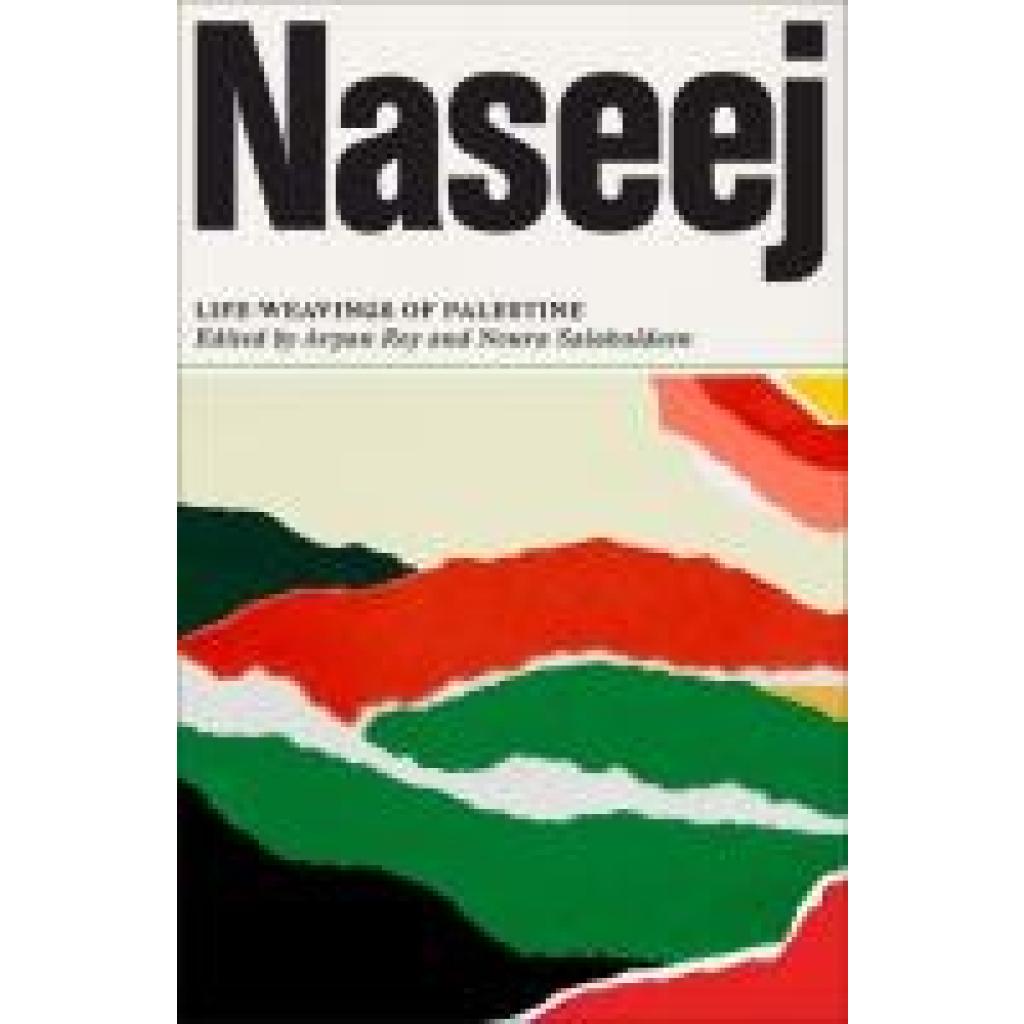"In its vivid close-ups of the diverse and dynamic communities for whom Palestine was home
Naseej offers both a heart-breaking account of what colonists have cost the world and a
hopeful template for the future. This is the book that is Palestine." Ahdaf Soueif novelist
"A remarkable book of creative personal essays poems and scholarly investigations that
illuminate the wondrous tapestry that was Palestine before the Zionists imposed their vision of
exclusionary ethnonationalism and racialized rule. This book reveals how a land could be called
home by diverse people and communities of tangled origins living side by side as neighbors and
kin. As Palestinians." Lila Abu-Lughod author of Do Muslim Women Need Saving? Naseej
meaning "tapestry" in Arabic is a book about the diversity and beauty of community history
and continuity in Palestine. It compiles essays short stories poetry interviews and visual
art to tell the story of how the vast web of Palestinian histories has been severed from its
roots. Palestine has always been a precious patchwork of languages ethnicities cultures
religions and practices weaved into the fabric of an Arab and Islamic civilization that was a
culmination of centuries of interchange and experimentation. Arriving at a moment of utter
devastation this collection celebrates life in Palestine. From the trajectories of Romani
groups to religious communities like Druze and Ahmadiyya Muslims to the political experience
of Black Palestinians Naseej asks what kind of threads remain of this tapestry after some 150
years of colonialism. Arpan Roy is an anthropologist researching in Palestine and the
region. He is the author of Relative Strangers: Romani Kinship and Palestinian Difference .
Noura Salahaldeen is an anthropologist from Jerusalem. She researches the Palestinian African
community in Palestine and Jordan. She is based in Jerusalem and Austria.



